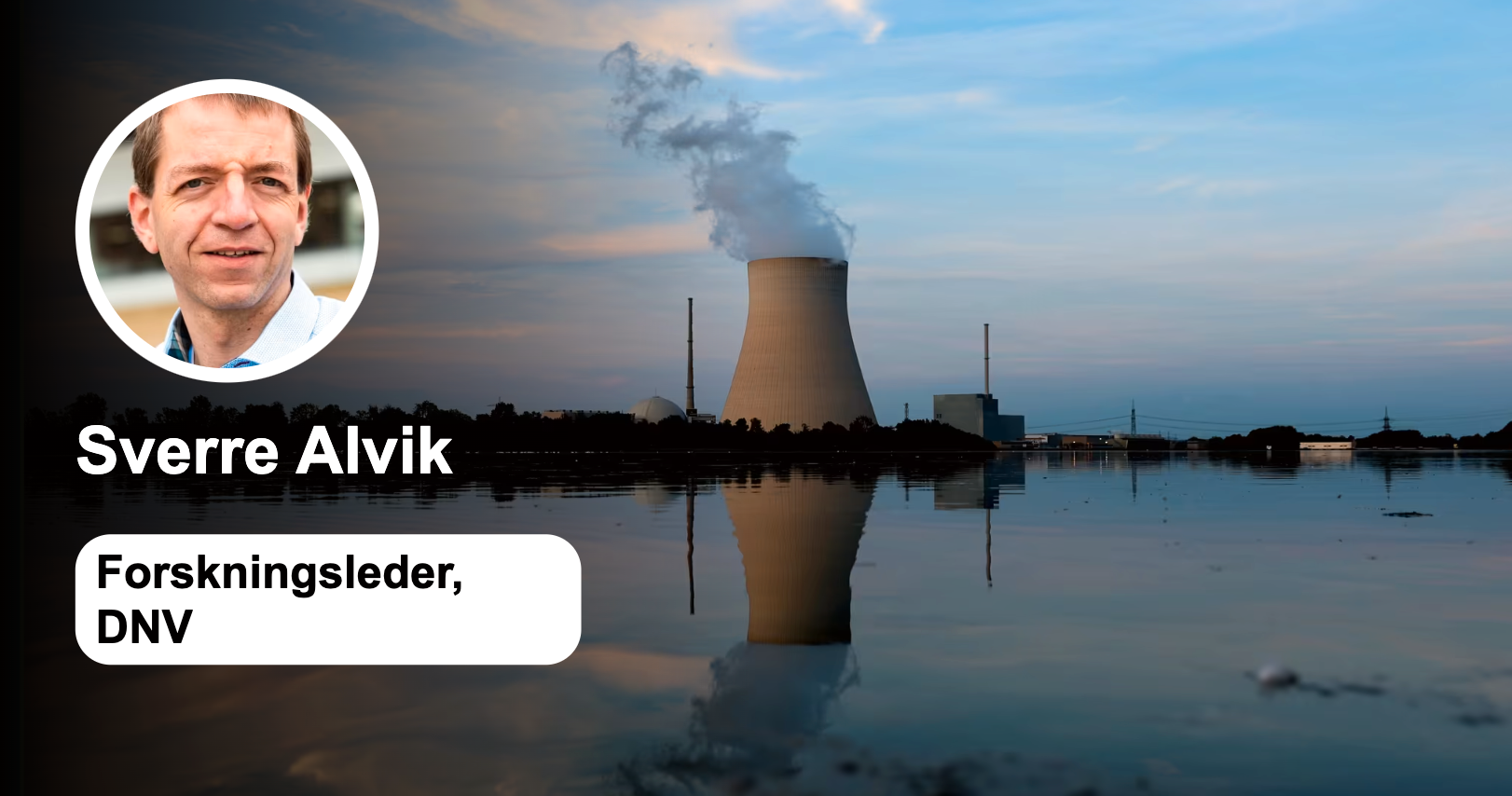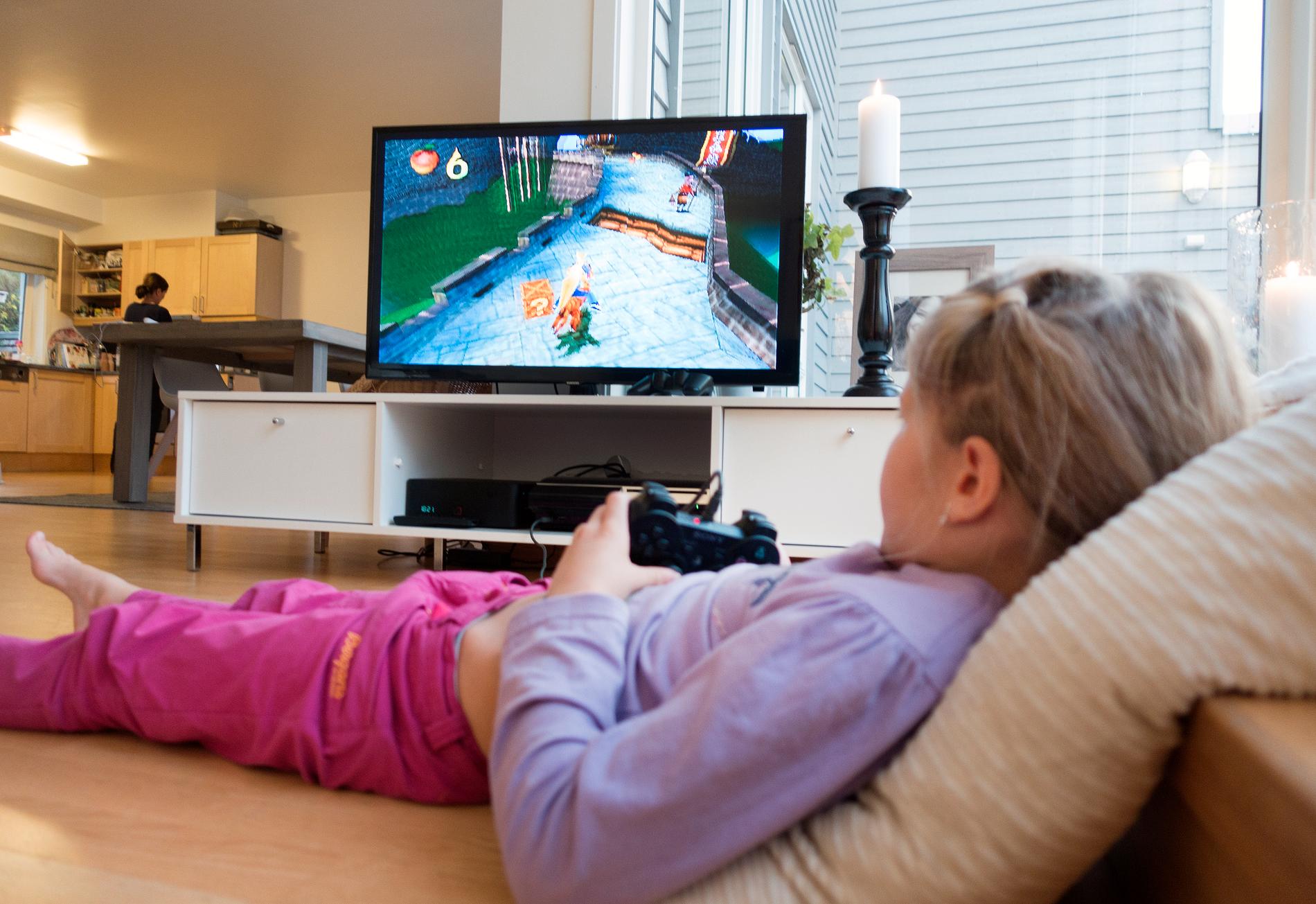The short version
- An AI-generated image of a camp in Rafah has gone viral, but is facing criticism on social media.
- The image, with the text “All eyes on Rafah,” has been shared more than 45 million times.
- Some believe that AI images create awareness, while others believe that real images are more important.
After the Israeli attack on the tent camp in Rafah, south of the Gaza Strip, a picture of the camp was spread on social media with the caption “All eyes on Rafah.”
By Wednesday, more than 45 million users had shared the photo. according to time.
– To me, it is quite clear that this was done by artificial intelligence. There are snow-capped mountains in the background and English text. It's a bit “too perfect” and highlights AI, AI professor Morten Goodwin tells VG.

Professor of Artificial Intelligence
this Artificial intelligence was created Going viral causes more people to interact.
TikTok user @dumbbirchtree posted a video that has received nearly a million views, in which she strongly disagreed with the post:
– If this is the first time you have shared something about what is happening in Palestine, thank you for sharing: it is never too late. The fact that you chose to take an AI photo is crazy to me,” she says.
Many people chimed in in the comments section.
“Can't they use a real photo? Or something with actual information?” User writes.
“I'm very frustrated with the images of AI. It's harmful,” writes another.
Not everyone agrees with the criticism, and they believe that what is most important is creating awareness of the situation:
“better than nothing.”
“It's better than millions of people not posting anything. I understand there's no information in the photo, but it's causing controversy.” writes another.

Another TikTok user with his name @thechampagne_socialist He posted a video clip saying:
“I'm going to sound disgusting, but please: stop sharing this photo. There are so many other things that would be better to share and this is an AI-generated photo. You don't need to share AI-generated photos when we have real photos of what is happening to Palestinian men and women.” .
– Clear explanation
Several media outlets reported that the photo was first shared by user @shahv4012 on Instagram.
The slogan “All eyes on Rafah” itself can be traced back to a statement made by Richard Peppercorn last February in which he described the situation in Gaza.
he fromIts representative in Gaza and the West Bank.
Media expert and author Magnus Homme Iversen doesn't think photo sharing is a problem in and of itself.

Media expert and author
– The picture is very clear. It does not claim to be a documentary photo. It was very successful and went viral.
The potential problem, says Home Iversen, is that someone would think it was a real photo of Rafah.
Professor Morten Goodwin also agrees.
-I don't see any problem with creating AI-generated images to tell a story. But there are questions we have to think about, he says and continues:
– There is no problem with using AI-generated images in a campaign, but it must be clear that they are AI. There is a limit if you try to present something as real, and it is not. But just having a photo taken by an AI go viral, I think that's “fair enough.” It's a good use of artificial intelligence.
Limits political content
In February I reported dead The new changes should limit the type of content users get in the Explore feed, Reels feed, and under Suggested Users.
Instagram CEO Adam Mosseri wrote on Threads.
This means that if you want political content in your feed, you must actively follow the users who create it.

Many people are now wondering if it would be easier to post the image on social media, as it is generated by artificial intelligence.
– I don't think it's the fact that it was created by artificial intelligence that makes it spread, says media scientist Magnus Homm Iversen.
Read also: Harsh pictures from Rafah: – I feel physically ill
– But in terms of political content, it looks more like a landscape photo, so it will not fall under the category of political content. Additionally, it's not graphic, so it's not something the algorithms could have smoothed out in the first place. In this sense, it might be smart to share such an image, because you are bypassing the blocks that have appeared. If the goal is to spread awareness about the situation in Rafah, this is very effective.

Political editor at VG
Political editor Frøy Gudbrandsen at VG believes that an image in itself is not necessarily a problem, if those who share it understand that it is artificial.
But the problem is that a huge amount of information is shared on social media, which is false information, she said.
– The international press is barely allowed into Gaza – this is a big problem for journalistic coverage of what is happening. We use a lot of resources to verify all the images and information we post to ensure that what we post is as accurate as possible.

“Web specialist. Lifelong zombie maven. Coffee ninja. Hipster-friendly analyst.”




